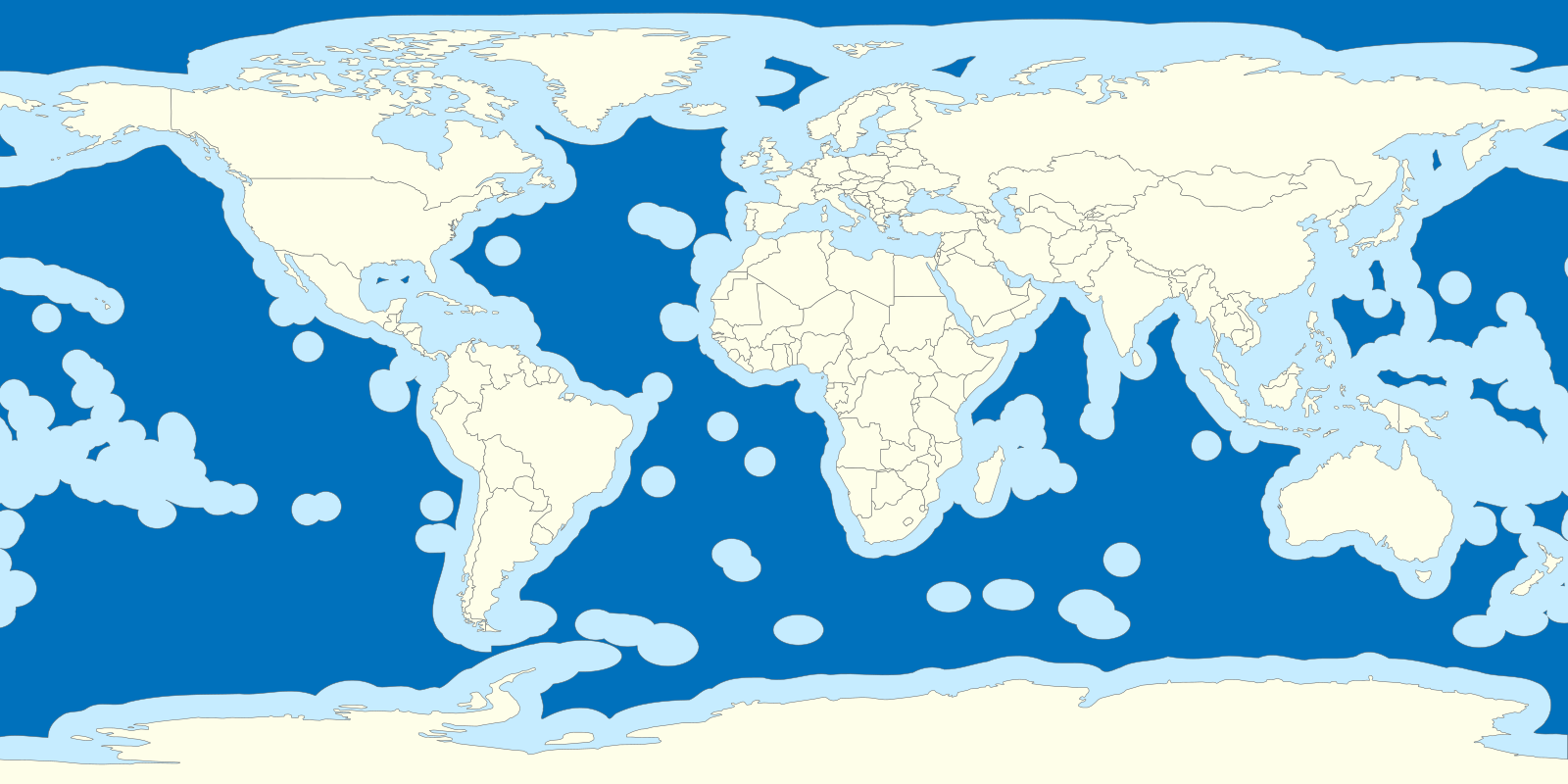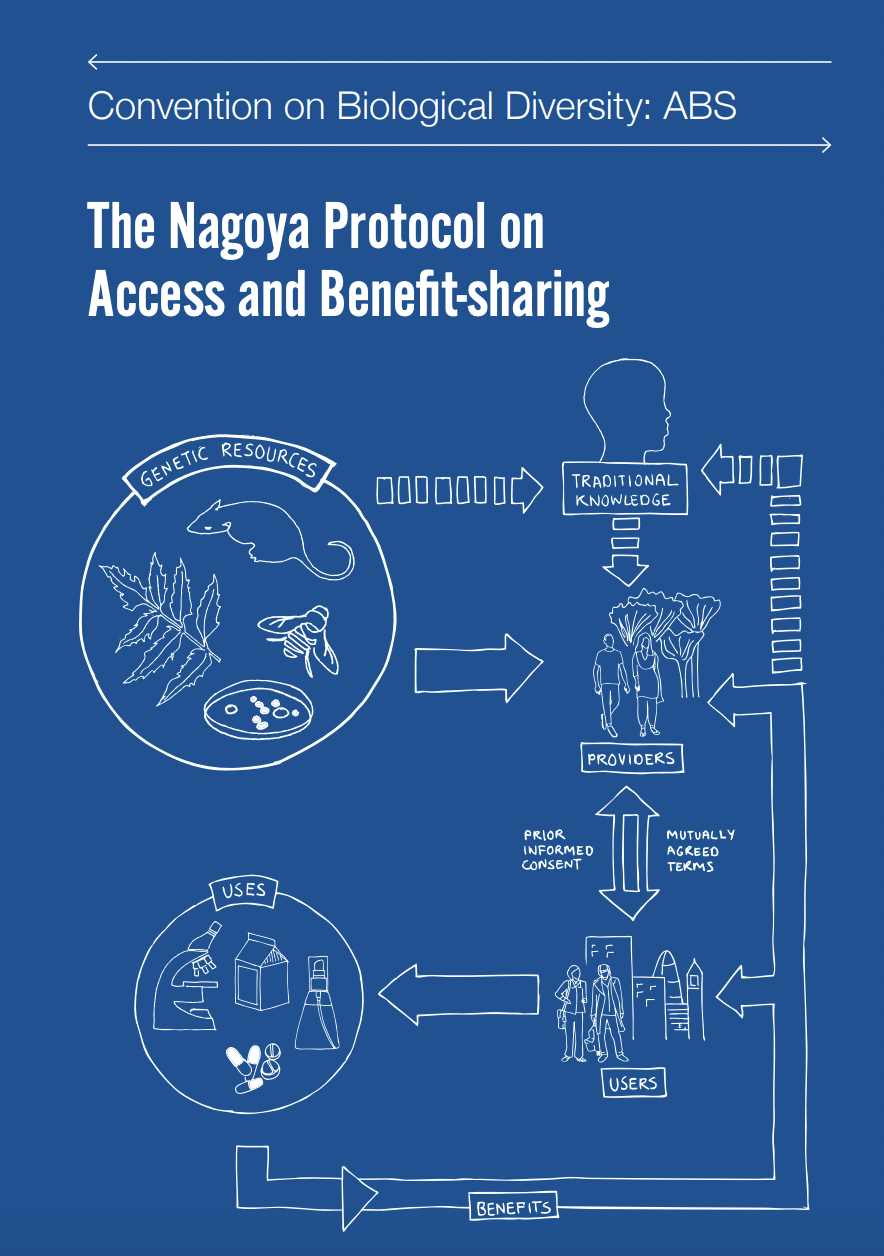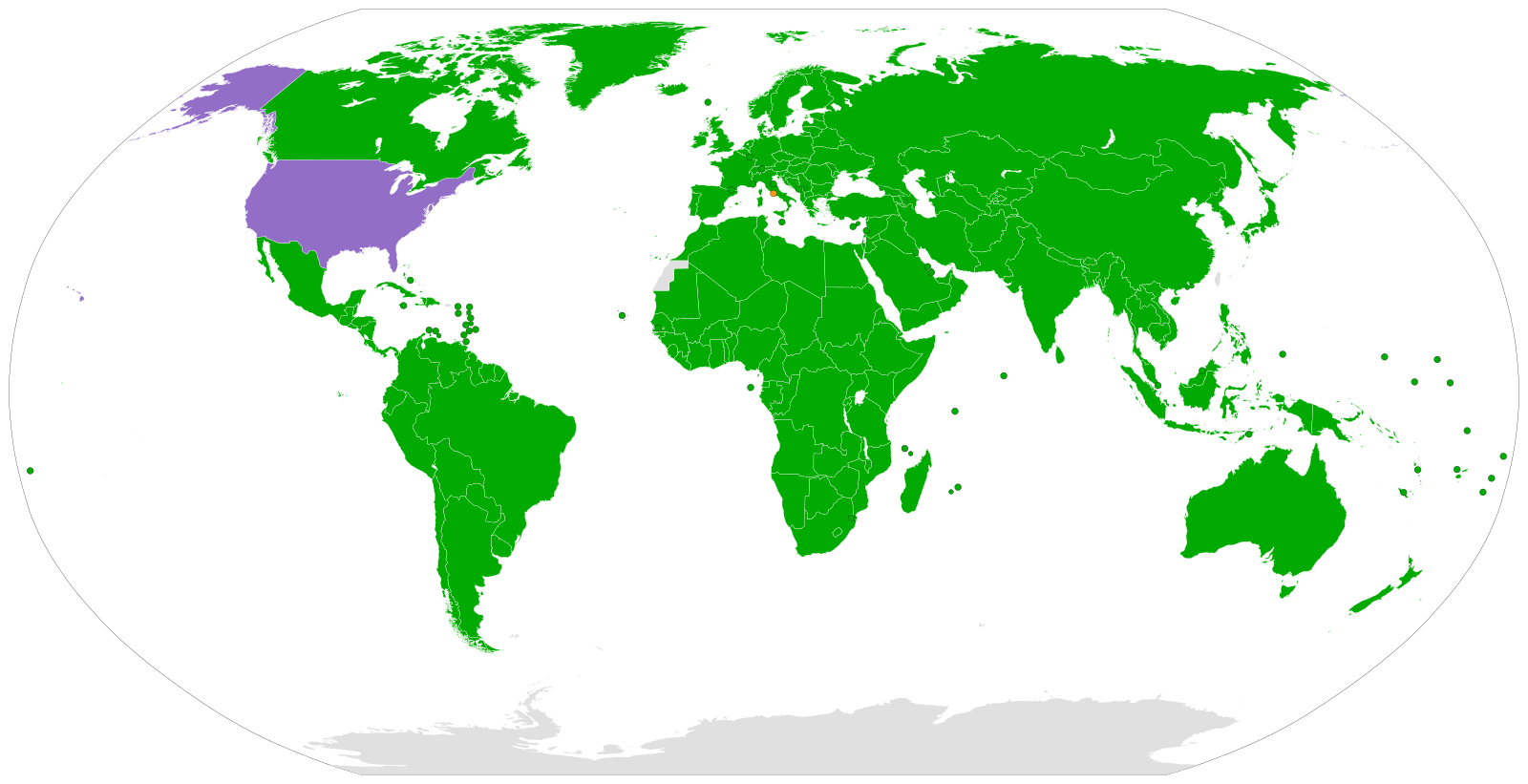IB Syllabus focus:
‘The Convention on Biological Diversity promotes national strategies for conserving and sustainably using biodiversity, marine protected areas beyond national jurisdiction, and fair sharing of genetic resources (Nagoya Protocol).’
The Convention on Biological Diversity (CBD) and the Nagoya Protocol provide the foundation for international biodiversity governance. They establish strategies for conservation, sustainable use, and equitable sharing of biological resources.
The Convention on Biological Diversity (CBD)
Overview
The CBD is a legally binding international treaty adopted at the Earth Summit in Rio de Janeiro in 1992. It is widely recognised as the most comprehensive global agreement on biodiversity.
Convention on Biological Diversity (CBD): An international treaty that aims to conserve biodiversity, ensure the sustainable use of its components, and promote fair and equitable sharing of benefits from genetic resources.
The Three Objectives of the CBD
The CBD focuses on three key objectives:
Conservation of biodiversity: Safeguarding species, ecosystems, and genetic resources.
Sustainable use of biodiversity: Ensuring resources are used in ways that maintain ecological balance.
Equitable sharing of benefits: Guaranteeing that communities and nations benefit fairly from genetic resources.
National Biodiversity Strategies
Each signatory nation must create National Biodiversity Strategies and Action Plans (NBSAPs). These outline how governments will protect biodiversity and align policies with CBD goals.
Examples include:
Establishing protected areas.
Integrating biodiversity into agricultural, forestry, and fisheries policies.
Strengthening environmental legislation and monitoring.
Marine Protected Areas Beyond National Jurisdiction
The Need for Protection
Large areas of the world’s oceans lie outside national jurisdiction (known as the high seas). These areas are vulnerable to overfishing, pollution, and exploitation.
CBD Action on Marine Conservation
The CBD promotes the establishment of marine protected areas (MPAs) in these regions. MPAs safeguard habitats and species while supporting sustainable livelihoods.

Global map of Exclusive Economic Zones (EEZs), illustrating the jurisdictional limits of coastal states and the high seas (areas beyond national jurisdiction). Use this to contextualise where MPAs beyond national jurisdiction are created; it is a jurisdiction map, not an MPA distribution map. Source.
Benefits of MPAs include:
Preserving endangered marine species.
Maintaining ecosystem services, such as carbon storage.
Supporting sustainable fisheries by protecting breeding grounds.
Access and Benefit Sharing (ABS)
The Principle of ABS
The CBD requires that benefits from the use of genetic resources be shared fairly and equitably. This principle ensures that countries and local communities providing resources also gain rewards.
Genetic Resources: Material from plants, animals, or microorganisms that contain functional units of heredity and may have scientific, commercial, or medicinal value.
The Nagoya Protocol
Introduction
The Nagoya Protocol (2010) is a supplementary agreement to the CBD. It provides a legal framework for implementing the access and benefit-sharing (ABS) principles.

Conceptual diagram of the Nagoya Protocol’s Access and Benefit-Sharing system, showing providers and users linked by prior informed consent (PIC) and mutually agreed terms (MAT). The stylised figures are illustrative and include minor extra detail beyond the syllabus (e.g., schematic people/city icons) but the ABS process remains central. Source.
Nagoya Protocol: An international agreement that sets rules for the access to genetic resources and ensures fair and equitable sharing of benefits from their use.
Core Provisions of the Nagoya Protocol
The Nagoya Protocol requires participating countries to:
Grant access to genetic resources through clear legal frameworks.
Negotiate mutually agreed terms (MATs) for benefit-sharing.
Ensure prior informed consent (PIC) of resource providers before access is granted.
Establish compliance measures for users of genetic resources.
Types of Benefits Shared
Benefits under the Nagoya Protocol can be:
Monetary: royalties, licence fees, or payments for commercial use.
Non-monetary: technology transfer, training, or joint research initiatives.
Implementation and Challenges
Global Participation
Over 190 countries are parties to the CBD, but participation in the Nagoya Protocol is lower. Some nations with significant biotechnology industries are hesitant, fearing restrictions on innovation.

World map showing states that are Parties, signatories, or non-signatories to the Convention on Biological Diversity. This visual emphasises the Convention’s near-universal reach that enables coordinated national strategies; it does not depict Nagoya Protocol parties specifically. Source.
Enforcement Challenges
Monitoring compliance across international borders is complex.
Benefit-sharing disputes often arise when companies profit from traditional knowledge without consent.
Lack of capacity in some countries to implement effective ABS systems.
Importance for Indigenous Communities
The Nagoya Protocol recognises the rights of indigenous and local communities. Their traditional knowledge associated with biodiversity must be accessed with their approval and included in benefit-sharing agreements.
Broader Significance
Ethical and Economic Justifications
Ensures that biodiversity-rich but economically poor nations are compensated.
Provides incentives for conservation, as countries gain benefits from protecting biodiversity.
Strengthens international cooperation in addressing biodiversity loss.
Link to Global Sustainable Development Goals (SDGs)
The CBD and Nagoya Protocol align with the United Nations Sustainable Development Goals, especially:
Goal 14 (Life Below Water)
Goal 15 (Life on Land)
FAQ
The CBD was adopted at the 1992 Rio Earth Summit in response to growing concern about biodiversity loss caused by human activities such as deforestation, overfishing, and habitat destruction.
It was the first global treaty to link conservation with sustainable development, acknowledging that biodiversity has ecological, cultural, and economic value. Its adoption marked a shift from protecting nature in isolation to integrating biodiversity into development planning.
The Nagoya Protocol requires prior informed consent from indigenous and local communities before their traditional knowledge associated with genetic resources can be accessed.
Communities must also be involved in negotiating mutually agreed terms, which ensure they receive benefits such as financial compensation or capacity-building opportunities.
This recognition helps protect cultural heritage while supporting community-led conservation efforts.
Monetary benefits: royalties from pharmaceuticals derived from plant compounds, licence fees for agricultural products, and upfront payments for genetic resource access.
Non-monetary benefits: joint research projects, access to scientific data, training programmes for local scientists, and technology transfer for sustainable development.
These benefits encourage collaboration and create incentives to conserve biodiversity.
Marine areas beyond national jurisdiction fall outside any single country’s control, meaning no one nation has responsibility for enforcement.
Challenges include:
Vast ocean areas that are costly to monitor.
Limited international legal frameworks for policing violations.
Conflicting interests between nations and industries.
As a result, enforcement depends on voluntary cooperation, global treaties, and technological tools like satellite monitoring.
NBSAPs are tailored to each nation’s ecological, cultural, and economic context.
For example:
Small island states often emphasise marine ecosystems and coastal resilience.
Forest-rich countries focus on deforestation, indigenous rights, and land management.
Industrialised nations may integrate biodiversity into agricultural, urban, and energy policies.
This flexibility allows countries to meet CBD goals while addressing their unique conservation challenges.
Practice Questions
Question 1 (2 marks)
State two of the three main objectives of the Convention on Biological Diversity (CBD).
Mark Scheme:
Conservation of biodiversity (1 mark)
Sustainable use of biodiversity (1 mark)
Fair and equitable sharing of benefits from genetic resources (alternative correct answer if given) (1 mark, maximum 2 marks total)
Question 2 (5 marks)
Explain how the Nagoya Protocol strengthens the principles of access and benefit-sharing (ABS) under the Convention on Biological Diversity.
Mark Scheme:
States that the Nagoya Protocol is a supplementary agreement to the CBD (1 mark)
Requires prior informed consent (PIC) of providers before resources are accessed (1 mark)
Requires mutually agreed terms (MATs) to govern use and benefit-sharing (1 mark)
Benefits can be monetary (e.g., royalties, licence fees) (1 mark)
Benefits can be non-monetary (e.g., technology transfer, training, joint research) (1 mark)
Recognition of the role and rights of indigenous and local communities in ABS (1 mark, up to maximum 5 marks)

